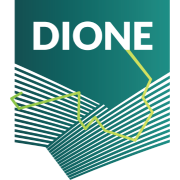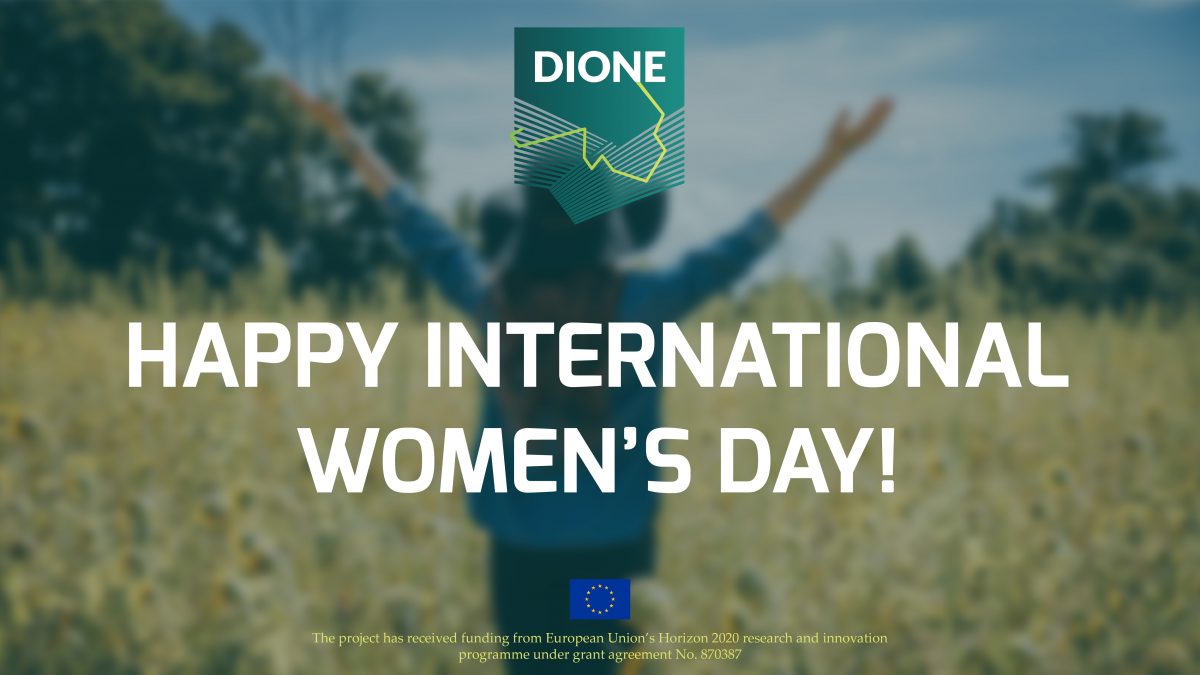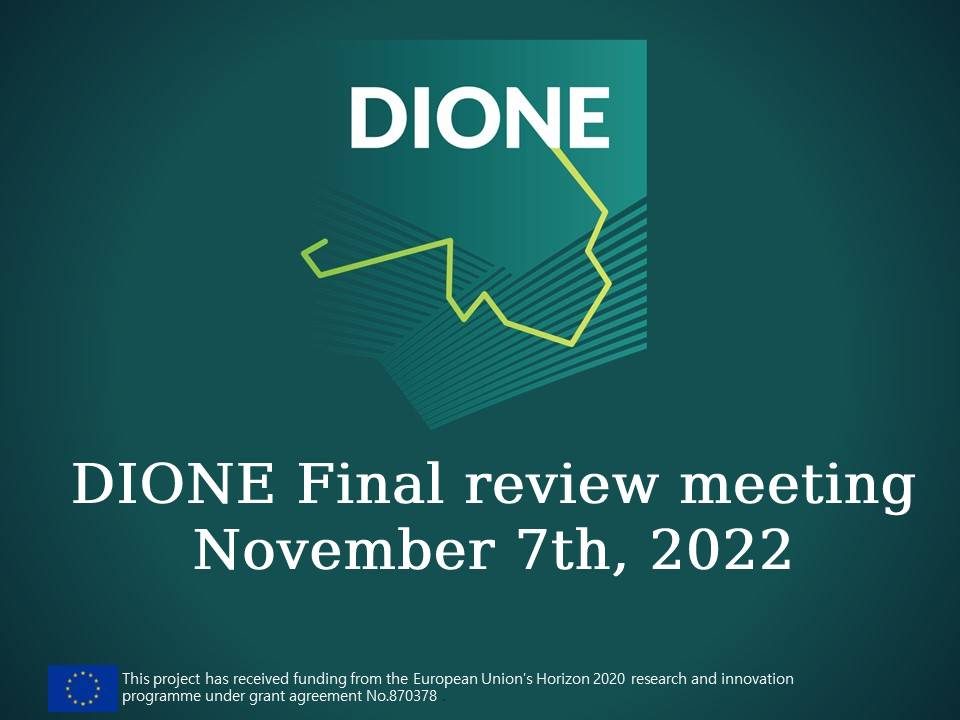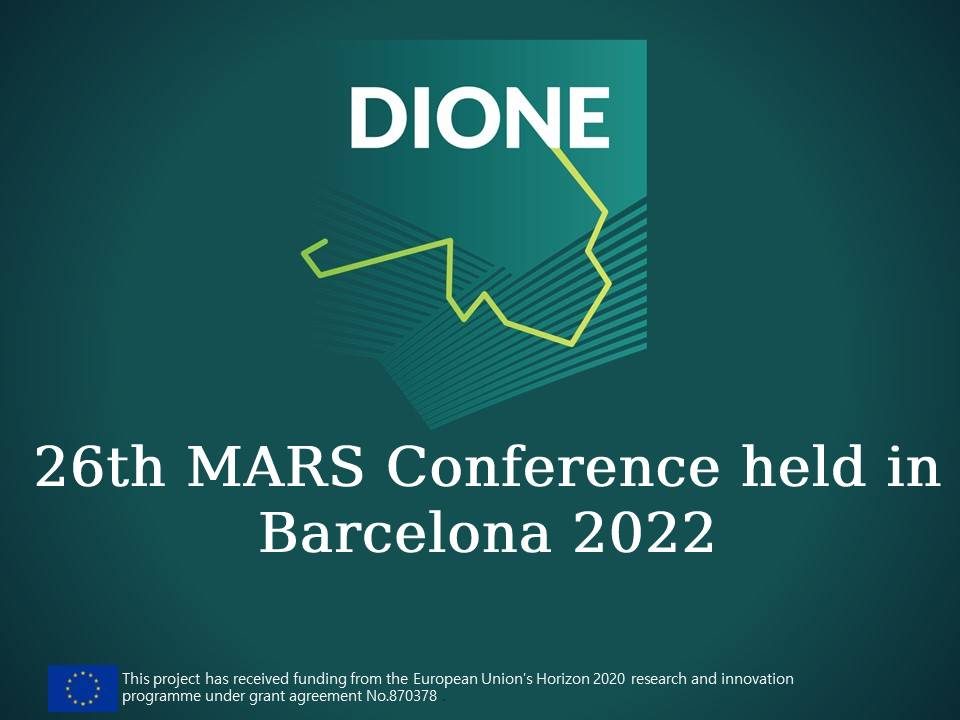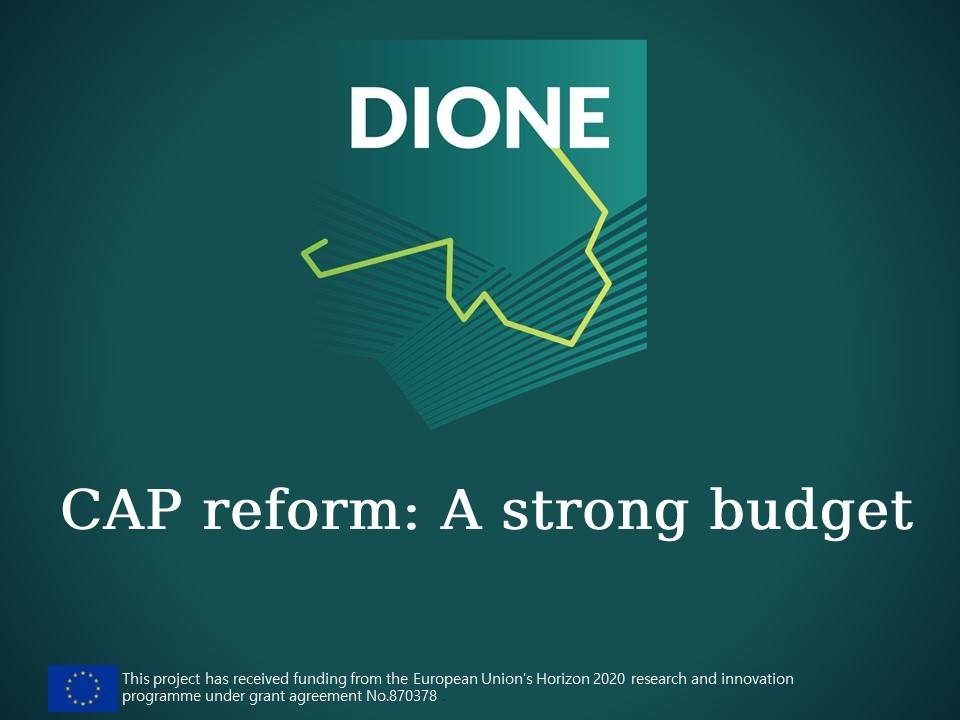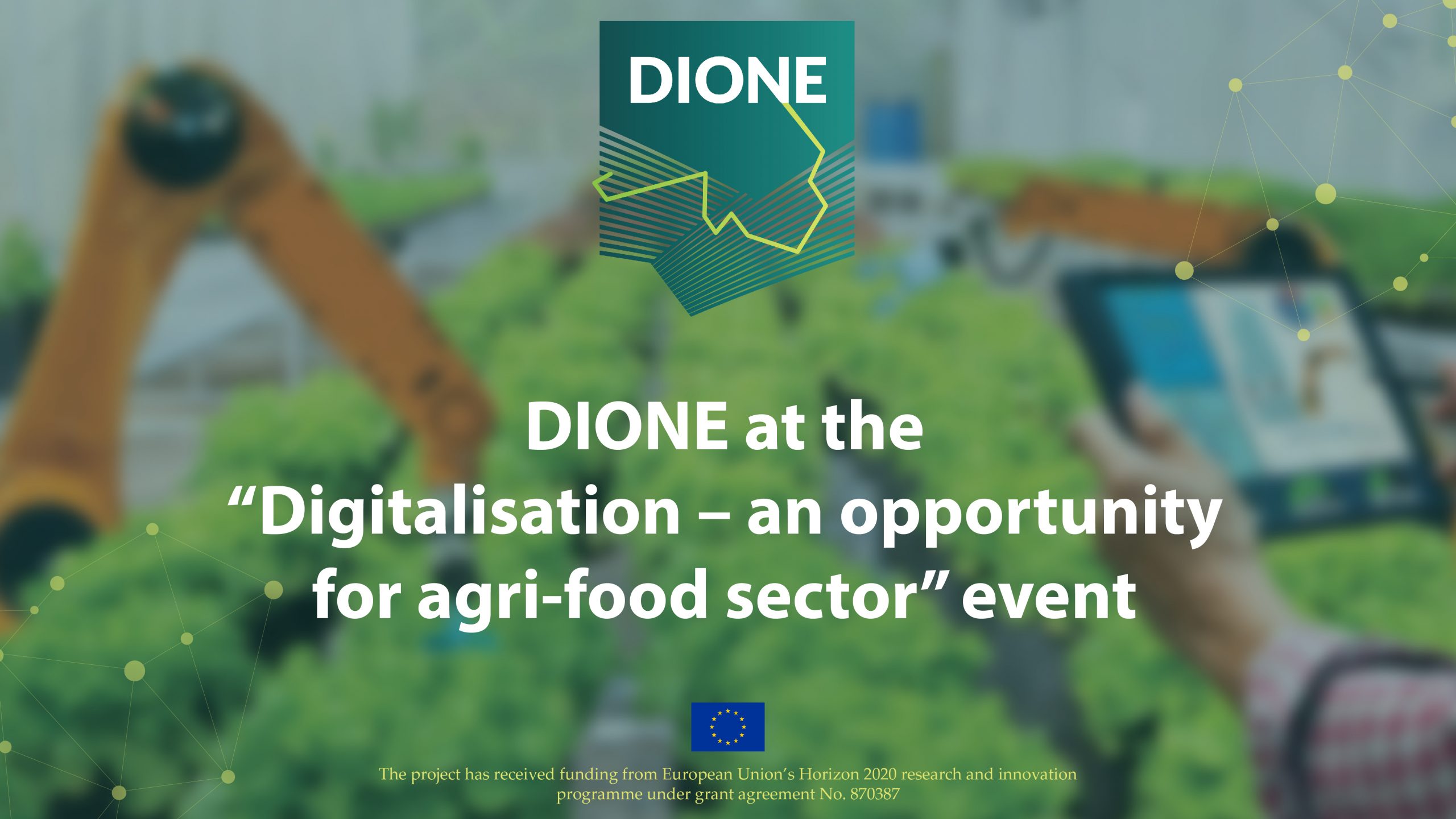
Digitalisation – an opportunity for agri-food sector
March 2, 2021
Drone Flight Campaign in Cyprus
April 7, 2021Today, more than one billion people work in agriculture around the world. In developing countries, 43 percent of those workers are women. Clearly, female agricultural workers play an important role in feeding the world.
When they have access to technological innovation – mechanization, biotechnology, crop protection products, and other tools – female farmers benefit greatly. Because women perform tasks like manual weeding in disproportionally high numbers, advancements that reduce the need for this type of work can be life changing, and increase productivity. These productivity advancements in turn improve day-to-day life for female agricultural laborers. But they also benefit their families and communities over the long-term, as studies suggest that female farmers who increase their income reinvest that money into the family’s health and education.
An increased focus on women in STEM (Science, Technology, Engineering, Mathematics) is also providing new opportunities. While more needs to be done – today in Africa, for example, only about 25 percent of agricultural scientists are women – educational institutions and private corporations are investing in women who want to pursue science and technology careers. With an increased focus on mentoring and training, women in labs are getting the training and tools they need to help women in the fields.
Women are part of the Copernicus experience as well. They are not always visible but they are present in the production flow of the Copernicus / Earth Observation / Geoinformation (Copernicus/EO/GI) domains. The professions related to Copernicus/EO/GI domains are very varied: physicist, geographer, computer scientist, environmentalist, geomatician, oceanographer, urban planner; as a researcher, a civil servant, a consultant, an entrepreneur, etc. Women still occupy few of these positions with a strong technical component.
An increased focus on women in STEM (Science, Technology, Engineering, Mathematics) is also providing new opportunities. While more needs to be done – today in Africa, for example, only about 25 percent of agricultural scientists are women – educational institutions and private corporations are investing in women who want to pursue science and technology careers. With an increased focus on mentoring and training, women in labs are getting the training and tools they need to help women in the fields.
Women are part of the Copernicus experience as well. They are not always visible but they are present in the production flow of the Copernicus / Earth Observation / Geoinformation (Copernicus/EO/GI) domains. The professions related to Copernicus/EO/GI domains are very varied: physicist, geographer, computer scientist, environmentalist, geomatician, oceanographer, urban planner; as a researcher, a civil servant, a consultant, an entrepreneur, etc. Women still occupy few of these positions with a strong technical component.
As the international community commits to the UN’s Sustainable Development Goals, and to protecting our natural resources while alleviating poverty, women in agriculture will be at the forefront, driving meaningful change in the developing world. It is incumbent on private industry, the public sector and NGOs to provide those on the front lines with the tools they need to meet the challenges ahead.

